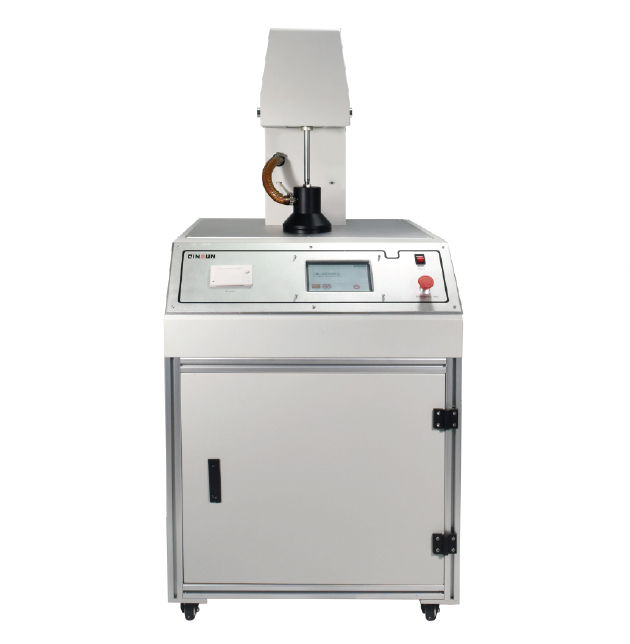- Qinsun Instruments Co., Ltd.
- Tell:+86-21-6780 0179
- Phone:+86-17740808215
- Address:No. 2578 Minhang District Gu Dai Road, Shanghai
- Contact:Mr. Li
- QQ:846490659
Principles for selecting level measuring instruments

The selection principles for level measuring instruments are as follows:
(1) Differential pressure instruments, float type instruments, and float type instruments should be used for liquid level and interface measurement. When the requirements are not met, capacitive, radio frequency admittance, resistive (electrical contact), acoustic, magnetostrictive and other instruments can be selected.
The measurement of material surface should be selected based on the particle size of the material, the resting angle of the material, the conductivity of the material, the structural form of the silo, and the measurement requirements.
(2) The structural form and material of the instrument should be selected based on the characteristics of the measured medium. The main factors to consider are pressure, temperature, corrosiveness, and conductivity; Is there any phenomenon of polymerization, viscosity, precipitation, crystallization, conjunctiva, vaporization, foaming, etc; Density and density changes; The amount of suspended solids in the liquid; The degree of liquid level disturbance and the particle size of solid materials.
(3) The display mode and function of the instrument should be determined according to the requirements of process operation and system composition. When signal transmission is required, instruments with analog signal output function or digital signal output function can be selected.
(4) The instrument range should be determined based on the actual range or variation range that the process object needs to display. Except for level instruments used for volumetric measurement, the normal level should generally be around 50% of the instrument range.
(5) The instrument should be selected according to the process requirements. But the accuracy of the level instrument used for volumetric measurement should not be inferior to ± 1mm
(6) Electronic level instruments used in hazardous areas such as combustible gases, vapors, and combustible dust should choose appropriate explosion-proof structures or take other explosion-proof measures based on the determined hazardous area category and the degree of danger of the tested medium.





